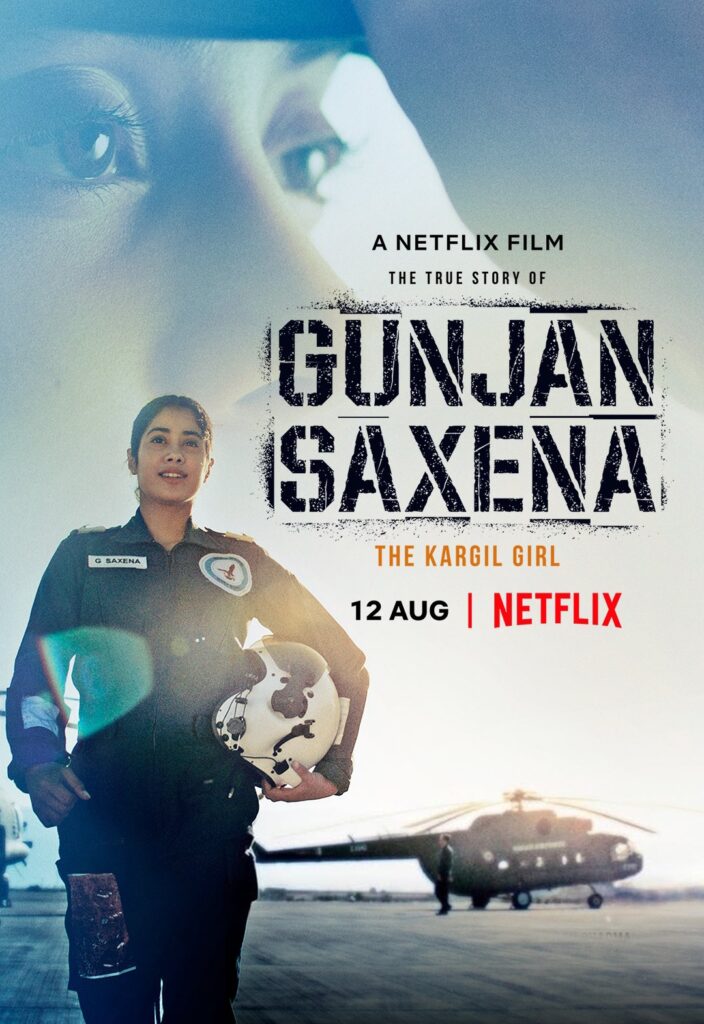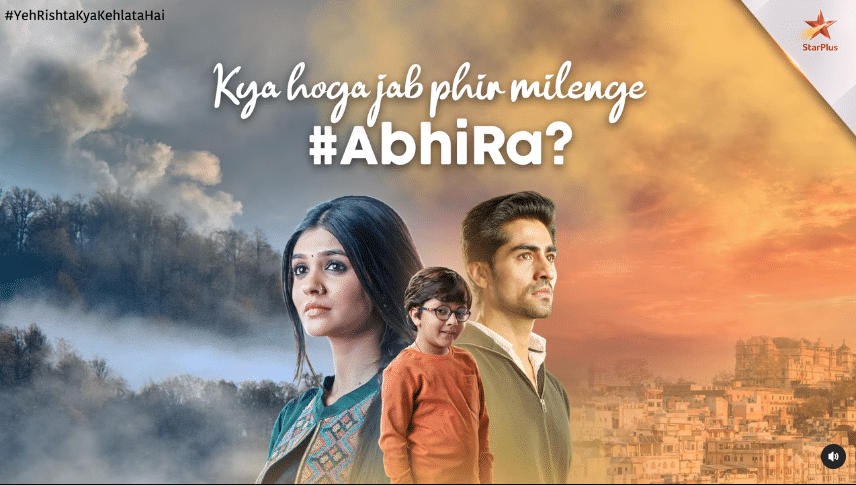
Biopics are special treats when the narratives are fluid, engaging and do not pack a lot of aspects of the life of the person being chronicled in a short period of time.
Gunjan Saxena is such a sweet, simple story at so many levels that you fall in love with ease with which the story is told.
The story has been written with a lot of sensitivity. The fact that two men Nikhil Malhotra and Sharran Kumar wrote the story and screenplay with such delicacy is worth commendation. Sharran Kumar is also the director of the movie and he deserves all the accolades for not only bringing such simplicity to this story but also telling it in the most propitious manner.
The strength of the movie is both its unpretentiousness and the powerful restraint.
The story, though related to a significant war, is more about the everyday battle that a woman has to lead in her attempt to even exist in a male dominated society,
The relationship between Gunjan and her father, amazingly portrayed by the brilliant Pankaj Tripathi, the person who believes in her, despite the obstacles is beautiful in its essence and empowering in a classical manner.
Jahnvi Kapoor comes of age in a performance that embodies a femininity that shines through the grit and determination of Gunjan – the character she plays. There is no chest thumping, overt locution or overtone to the screenplay about the strength of feminism, patriotism or the excessiveness of male toxicity.
All there is to it is a bigger story, simply told about how a daughter, empowered by her father is able to have the determination to not only be the first woman pilot in the Indian Airforce but save more than a 1000 lives in the middle of war.
To be brave, she does not need to stop being feminine, to be strong she does not need to win arm wrestling matches with men,to be brave she did not need to hang from choppers and exhibit muscle moves. She is the bravest, strongest and the most determined, being the person she was.
The beauty of the narrative of this movie is the unpretentious manner in which the story is told; making it one of those classics that you will want watch again and again.
We invite our American critics to review Indian content in this section.
The reaction is baffling.
The Indian Air Force has decided that, of the three ways they can respond to the film Gunjan Saxena: The Kargil Girl, now out on Netflix, they’re going to lean into the worst one.
The Kargil Girl is a comfort food biopic with delightful music. It tells the story of Gunjan Saxena (played by Janhvi Kapoor), a helicopter pilot and flight lieutenant in the IAF, who was the only woman to participate in the Kargil War with Pakistan (1999).
Nothing about the film’s structure is unconventional.
The first act introduces us to Saxena’s dream of being a pilot. Despite sharp criticism from her mother and some shaming from her family’s friends, the overriding, endearing message is that our protagonist has an unshakeable passion for flying.
In the second act, we witness the bias and discrimination she suffers in the air force. She is humiliated in front of her peers, and her commanding officer cancels her training flights because no one wants to fly with her – or because she arrives late since she has nowhere to change clothes.
By the third act, when she’s flying helicopters through the Kargil Valley – impressive scenes with dramatic scenery – Saxena has suffered enough. We can’t help but feel a cathartic relief at the skill and heroism of which we all knew she was capable – and which we all knew was coming.
It’s an utterly predictable movie with capable acting and all the technical bases covered. An enjoyable one-timer of a film that should offend no one except the most strident misogynist.
But my my, what a stink the IAF has made. In a letter to India’s Central Board of Film Certification, the Air Force complained about “objectionable scenes” which cast it in an “undue negative light.” They also raised objections over the “insulting manner” in which the film portrayed military personnel.
“IAF as a service has always ensured that the organisation is gender neutral [sic] and has always provided an equal opportunity to both male and women personnel,” the letter read.
I’m not a member of the Indian Armed Forces and I can’t comment on how gender-neutral the IAF is. But I can tell you this much: their director of public relations must have been on leave. That official response is an embarrassment.
While a few individuals come off as villains – every story needs bad guys – the movie is not disrespectful toward the IAF as an institution. Saxena flirts with dropping out, and even leaves for a brief time, but eventually, despite her anger and hurt feelings, she sees something inherently worthwhile in the air force and returns. Furthermore, the ending is quite patriotic – men in uniform literally applaud Saxena – and it allows her to resolve an antagonistic relationship.
So what could the IAF have done?
Since they didn’t like the film, the easiest reaction would have been to ignore it. As a bureaucracy, the IAF could easily have expended zero energy on the The Kargil Girl and let people enjoy, dislike, or laugh at the feel-good vibes. It would have cost them nothing. The IAF is a proud and powerful branch of the Indian Armed Forces. Why care about a film that went straight to Netflix and may be forgotten in a few months?
The second option would have been to praise the film. To treat it as a recruiting tool, like Top Gun for Indian women. Yes, we made mistakes, the IAF could have responded. Women didn’t fly in combat until the late 90s. We had some trolls and troglodytes in the service – we might still – but look at what Saxena did: she flew helicopters and saved Indian lives. She showed uncommon valor. And she broke a glass ceiling. As the film points out, there are now 1,625 women officers in the Indian Air Force. Hey little girl, enamored of planes and helicopters and outer space: do you want to make it 1,626?
But the IAF chose the worst option: to condemn the film, to react like thin-skinned men, butthurt by a well-deserved look in the mirror. Whether the script invented the unpleasant scenes or not, it was Bollywood: good guys and bad guys, conflict and resolution. The setup said, This time, gentlemen, you’re the bad guys – not corporate polluters, or America, or a criminal gang. This time, it’s you. Of course, this simplified description isn’t accurate – two members of the IAF were particularly supportive of Saxena in the film. But that doesn’t even matter. When it was all over, Saxena made nice with a particularly nasty jerk who represented the sexist side of the IAF, and her redemption was the IAF’s redemption.
Why couldn’t they see that? One wonders.





